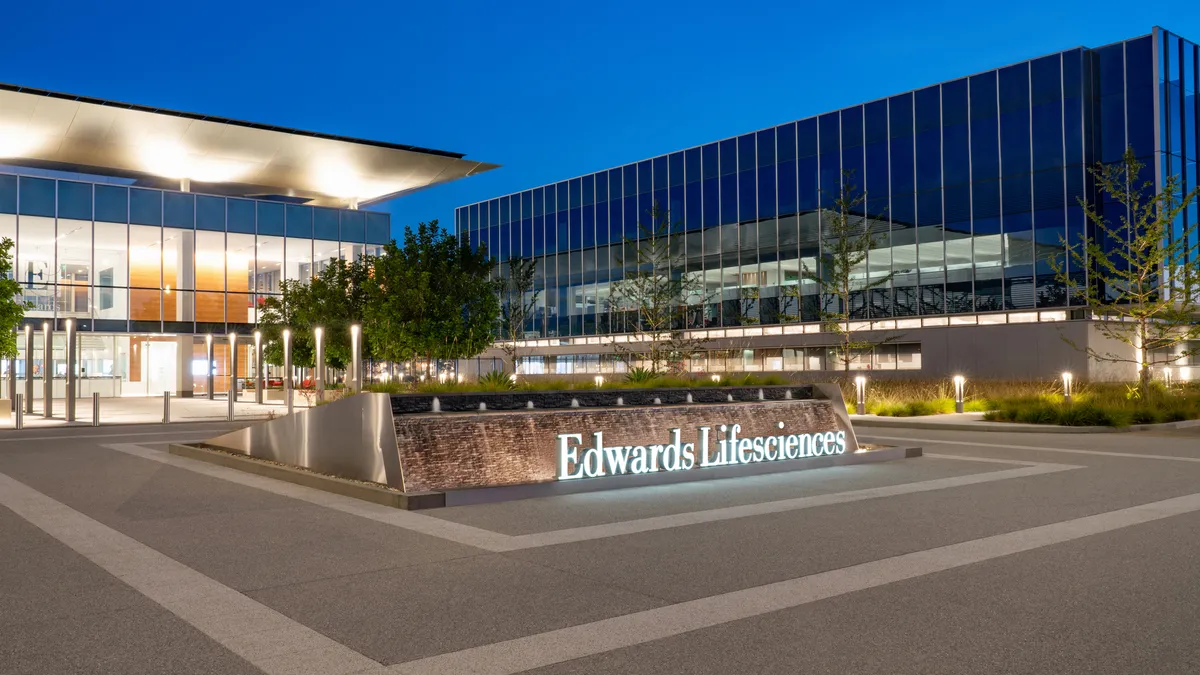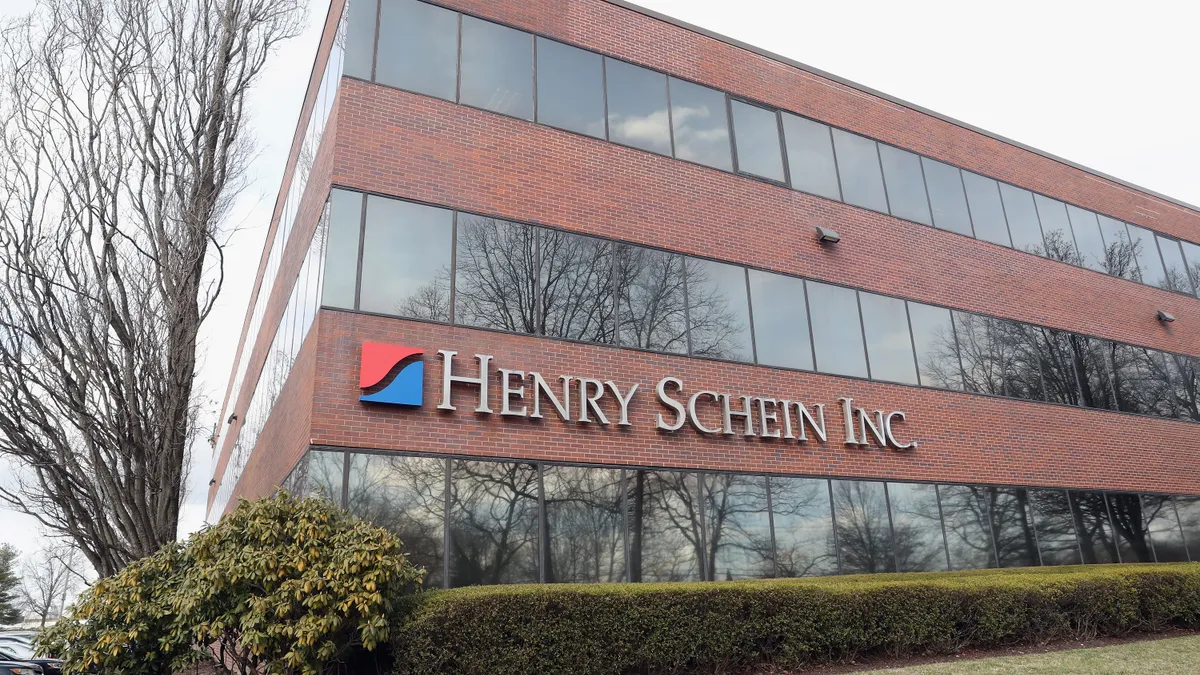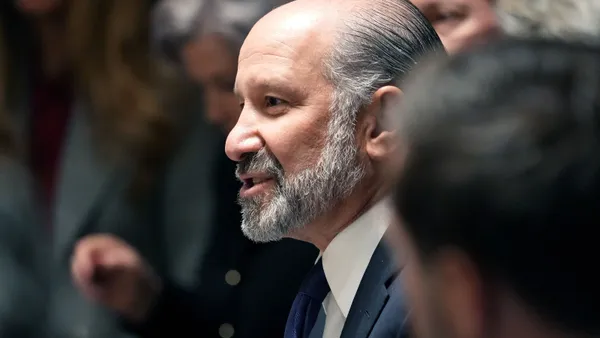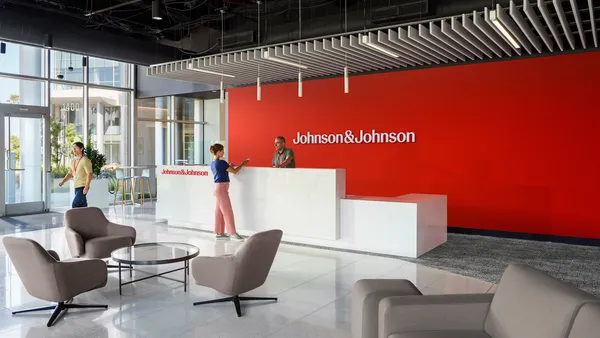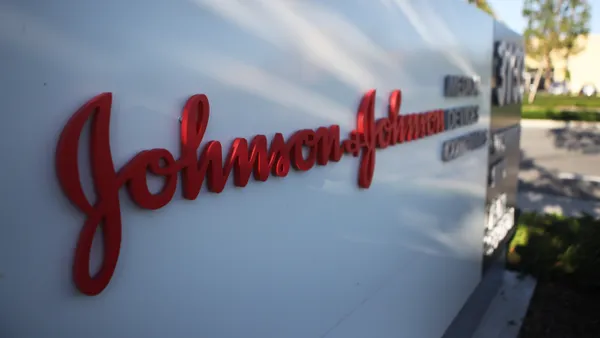Edwards Lifesciences reported better-than-expected fourth-quarter sales, driven by its transcatheter aortic valve replacement (TAVR) devices, to finish 2024 on an upbeat but cautious note after a year marked by hospital capacity challenges.
The constraints, which dragged on the company’s TAVR sales in the second and third quarters, put investors on edge.
On a Tuesday earnings call, Edwards executives said capacity remains the company's focus. Edwards previously blamed rapid growth in its transcatheter mitral and tricuspid therapies (TMTT) business, propelled by demand for the Pascal valve repair system and Evoque replacement device, for constraining hospital heart teams’ capacity.
“In the near term, new technologies and education put pressure on the system, but in the longer term, it provides a hospital the clarity and incentive to make investments to expand their ability to treat structural heart patients,” CEO Bernard Zovighian said on the call.
The fourth-quarter growth in TAVR sales “was indicative that perhaps we're starting to see a little bit of improvement in some of the capacity stuff, although it's still very much a work in progress,” added Larry Wood, group president of TAVR and surgical structural heart.
Edwards’ shares rose more than 6% to $75.61 in midday trading Wednesday on the New York Stock Exchange.
Edwards still anticipates a midyear approval from the Food and Drug Administration for an expanded indication for the Sapien TAVR platform in asymptomatic severe aortic stenosis patients.
Study results released in October showed asymptomatic patients with severe aortic stenosis who received a Sapien valve had better outcomes than those who remained under routine clinical surveillance.
“This data is compelling and should drive changes to the standard of care to streamline patient flow, improve outcomes and reduce costs to the system,” Zovighian said.
BTIG analyst Marie Thibault noted that Edwards maintained its 2025 outlook for year-over-year TAVR sales growth in the range of 5% to 7% on a constant currency basis, despite projecting slower sales in the first quarter due partly to a seasonal slowdown in patient screening in late 2024.
TAVR growth is expected to accelerate later in the year, supported by the anticipated U.S. label expansion for asymptomatic patients.
“Overall, we think this was a positive update with some bright spots and exciting catalysts to come, but with TAVR growth still somewhat muted and guidance back-half weighted, we think this leaves little room for additional upside,” Thibault wrote to clients Tuesday.
Zovighian said that Edwards’ long-term plan is to grow total company sales by 10% annually on average.

